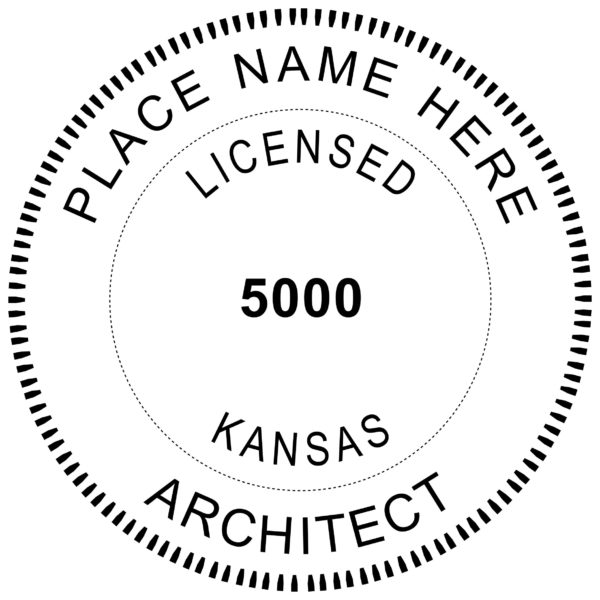

How many are licensed to those who are ARE examinees. doable but you might want to know who are practicing designing of buildings. Architects to CPBDs is easy to calculate a percentage ratio. and similarly to those who are licensed contractors. If you want to compare something, you can compare something like percentage ration of licensed Architects to CPBDs and likewise to Architects vs Engineers. As to who are all actively practicing is also fluidic. Every single human being with functional brain versus the number of licensed architects would be the most extreme percentage.

non-licensed architects? This can not be answered or solvable. To the OP's question: What are the percentages of licensed architects vs. Therefore, job position titles within a firm is meaningless but they do add to the general public confusion there already is.

Licensed architect professional#
Therefore, they are not professional titles conferred by a real professional authority to confer such title. Regardless, firms are not licensing bodies so those titles are "internal" titles of job positions of an organization. First, the fact that an employer gives such job position title containing a regulated title such as "Architect" (or containing such word in the title) is in fact of questionable legality. You might ask, "what about those who are given the title "Project Architect" by their employer yet are not licensed. does not have any architectural licensing laws because they are regulated at the state level.Īs a building designer, myself, I am familiar with the rules and laws enough. There are little loopholes or exceptions to the norms like those working for the Federal government doing "architectural" services on federal lands and few federal territories such as American Samoa because there is no architectural licensure requirements in such territory and work on say. to call their services as 'architectural design services'. These unlicensed designers may refer to their services as "building design" services or "home design services" or "residential design services" but they would run afoul of current licensing laws in the U.S. In almost all those states, they may use the title "Building Designer" or "Residential Designer" or "Home Designer" or similar titles that accurately describes their services and title without calling themselves "Architects" or titles that might more easily be interpreted as one that is licensed such as "Architectural Designers". Those who do this for a living may not refer to themselves as "Architects" or offer services as "Architectural services". However, in MOST states, a unlicensed person or unlicensed designer may design certain types of buildings such as single family dwellings. Only those licensed as architects can offer "Architectural services" (using those terms). In every single state of the United States, the title of "Architect" is regulated and requires a license. Since the ARE is predominately about licensure process in the United States, lets focus the rest in the United States context.

Getting into that would be too time consuming to go through at this time. The regulation of practicing architecture is more complicated on the international level. In the other countries that regulates the architect title, this is regulated wither through their national laws or laws of sub-political bodies (such as states, provinces, etc.). The title is regulated in every single state in the United States.
Licensed architect license#
In the United States and many countries (not all countries), license is a requirement to use the title "Architect". From a world wide perspective, it is not correct Victoria Shingleton.


 0 kommentar(er)
0 kommentar(er)
